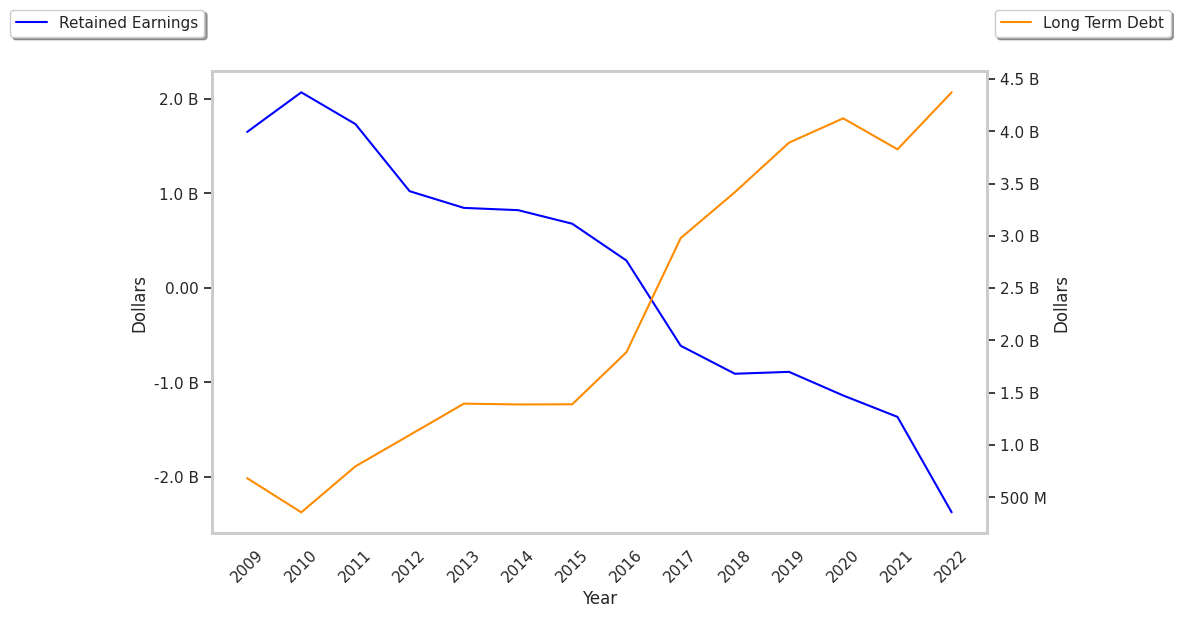One of Wall Street's biggest winners of the day is O'Reilly Automotive, a auto & truck dealerships company whose shares have climbed 3.8% to a price of $99.05 -- near its average analyst target price of $98.44.
The average analyst rating for the stock is buy. ORLY outperformed the S&P 500 index by 4.0% during today's afternoon session, and by 13.2% over the last year with a return of 31.0%.
O'Reilly Automotive, Inc., together with its subsidiaries, operates as a retailer and supplier of automotive aftermarket parts, tools, supplies, equipment, and accessories in the United States, Puerto Rico, Mexico, and Canada. The company is a consumer cyclical company, whose sales figures depend on discretionary income levels in its consumer base. For this reason, consumer cyclical companies have better sales and stock performance during periods of economic growth, when consumers have more of an incentive to spend their money on non-essential items.
O'Reilly Automotive's trailing 12 month P/E ratio is 36.4, based on its trailing EPS of $2.72. The company has a forward P/E ratio of 30.1 according to its forward EPS of $44.94 -- which is an estimate of what its earnings will look like in the next quarter.
As of the third quarter of 2024, the average Price to Earnings (P/E) ratio for US consumer discretionary companies is 20.93, and the S&P 500 has an average of 29.3. The P/E ratio consists in the stock's share price divided by its earnings per share (EPS), representing how much investors are willing to spend for each dollar of the company's earnings. Earnings are the company's revenues minus the cost of goods sold, overhead, and taxes.
To gauge the health of O'Reilly Automotive's underlying business, let's look at gross profit margins, which are the company's revenue minus the cost of goods only. Analyzing gross profit margins gives us a good picture of the company's pure profit potential and pricing power in its market, unclouded by other factors. As such, it can provide insights into the company's competitive advantages -- or lack thereof.
ORLY's average gross profit margins over the last four years are 51.8%, which indicate it has a potential competitive advantage in its market. These margins are declining based on their four year average gross profit growth rate of -0.6%.
O'Reilly Automotive's financial viability can also be assessed through a review of its free cash flow trends. Free cash flow refers to the company's operating cash flows minus its capital expenditures, which are expenses related to the maintenance of fixed assets such as land, infrastructure, and equipment. Over the last four years, the trends have been as follows:
| Date Reported | Cash Flow from Operations ($ k) | Capital expenditures ($ k) | Free Cash Flow ($ k) | YoY Growth (%) |
|---|---|---|---|---|
| 2024 | 3,049,576 | 1,023,387 | 2,026,189 | -0.08 |
| 2023 | 3,034,084 | 1,006,264 | 2,027,820 | -21.55 |
| 2022 | 3,148,250 | 563,342 | 2,584,908 | -6.49 |
| 2021 | 3,207,310 | 442,853 | 2,764,457 | 16.59 |
| 2020 | 2,836,603 | 465,579 | 2,371,024 | 119.45 |
| 2019 | 1,708,479 | 628,057 | 1,080,422 |
- Average free cash flow: $2.14 Billion
- Average free cash flown growth rate: 3.3 %
- Coefficient of variability (lower numbers indicating more stability): 0.0 %
Free cash flow represents the amount of money that is available for reinvesting in the business, or for paying out to investors in the form of a dividend. With a positive cash flow as of the last fiscal year, ORLY is in a position to do either -- which can encourage more investors to place their capital in the company.
With a higher P/E ratio than its sector average, no published P/B ratio, and generally positive cash flows with a flat trend, we can conclude that O'Reilly Automotive is probably overvalued at current prices. The stock presents mixed growth prospects because of its strong operating margins with a stable trend, and an inflated PEG ratio.



